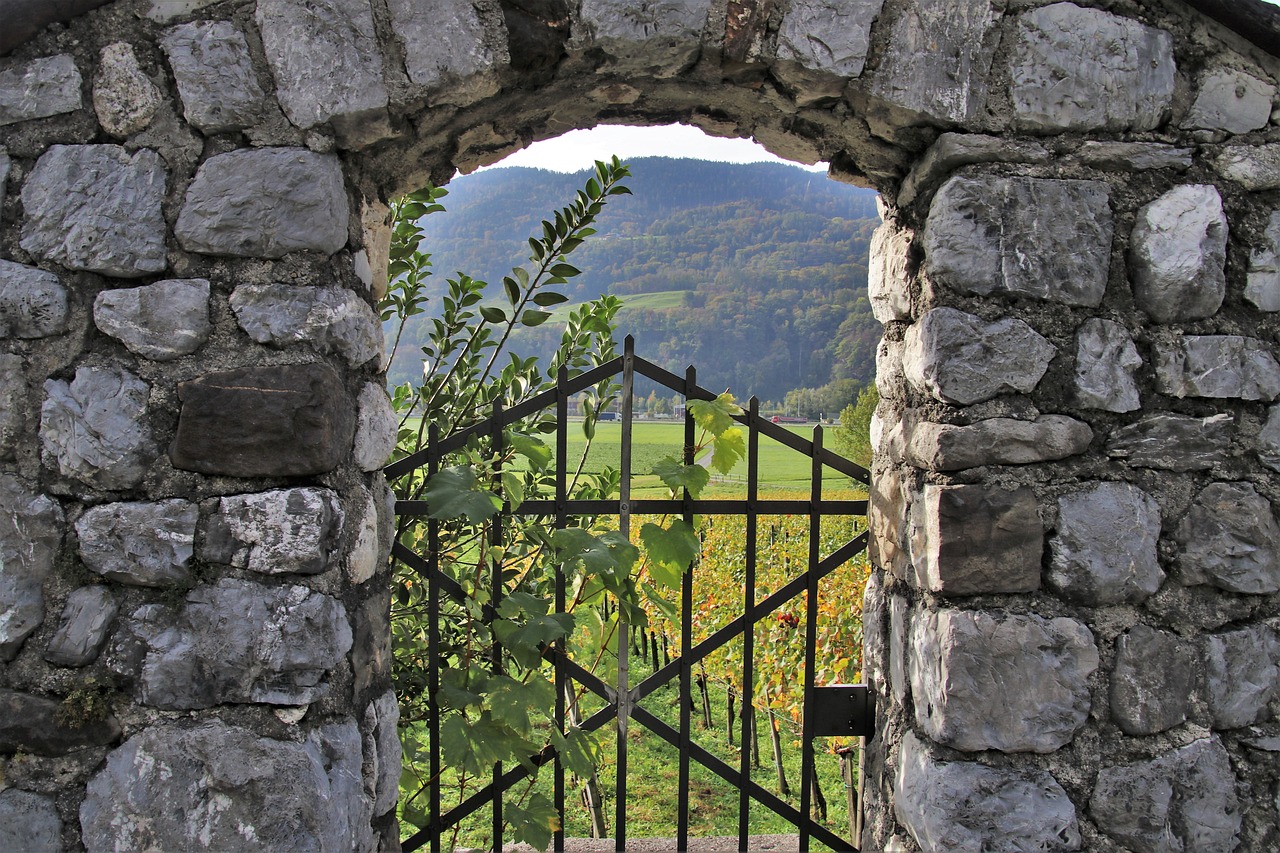Grapes are the foundation of winemaking and play a crucial role in the final product. From the vineyard to the bottle, the quality of grapes directly impacts the taste, aroma, and overall character of the wine. In this article, we will explore the importance of grapes in the winemaking process and how they contribute to the creation of exceptional wines.
The Vineyard: The Birthplace of Quality Grapes
Quality winemaking starts in the vineyard. The choice of grape varieties, the climate, soil conditions, and viticultural practices all influence the quality of the grapes harvested. Grapevines require specific conditions to thrive and produce high-quality fruit suitable for winemaking. Different grape varieties have different requirements, but generally, they need well-drained soil, sun exposure, and a suitable climate.
For example, certain grape varieties like Pinot Noir thrive in cooler climates, while others like Cabernet Sauvignon prefer warmer regions. The grapevines’ ability to absorb nutrients from the soil, their exposure to sunlight, and the climate’s temperature fluctuations all impact the grapes’ flavors, acidity levels, and sugar content.
Wine Grape Varieties and Their Characteristics
There are hundreds of wine grape varieties worldwide, each contributing unique characteristics to the final wine. Some of the most popular varieties include Cabernet Sauvignon, Chardonnay, Pinot Noir, Merlot, Sauvignon Blanc, and Riesling. Each variety has distinct flavors, aromas, and structures, allowing winemakers to create a wide range of wine styles.
For example, Cabernet Sauvignon is known for its bold flavors of blackcurrant and cedar, while Chardonnay offers a rich and buttery profile. Pinot Noir, on the other hand, is prized for its delicate and elegant flavors of red berries and earthy undertones.
Winemakers carefully select grape varieties according to the desired wine style they wish to produce, considering factors such as the region’s climate, the vineyard’s terroir, and their own winemaking philosophy.
The Influence of Terroir on Grape Quality
Terroir refers to the unique combination of factors that contribute to a vineyard’s character, including the climate, soil composition, terrain, and microclimate. These factors influence a grape’s ripening process, flavor profile, and quality. The same grape variety grown in different regions can produce wines with distinct characteristics.
For example, two vineyards cultivating the same grape variety may produce wines with different flavors and aromas due to variations in soil composition. A vineyard with limestone-rich soil may produce grapes with vibrant acidity, while a vineyard with sandy soil may yield grapes with softer tannins.
The Winemaking Process: Transforming Grapes into Wine
Once the grapes have reached optimal ripeness, they are harvested and brought to the winery for the winemaking process to begin. The winemaker’s expertise, techniques, and equipment employed during this process are essential in capturing the grapes’ quality and transforming them into wine.
The grapes are typically destemmed and crushed to release the juice and sugars from within. The juice is then fermented using yeast, converting sugars into alcohol and producing carbon dioxide as a byproduct. This fermentation process is what turns grape juice into wine.
The Art of Blending and Aging
After fermentation, winemakers have the option to blend different grape varieties or separate wines from different vineyard blocks to add complexity and balance to the final wine. Blending allows the winemaker to craft a wine with the desired flavor profile, structure, and aroma.
Once the wine is blended, it undergoes aging, either in stainless steel tanks, oak barrels, or a combination of both. This aging process allows the wine to develop further, enhancing its flavors, aromas, and overall quality.
The Final Product: Grapes Transformed into Exceptional Wines
After the aging process, the wine is carefully evaluated by the winemaker to ensure it meets the desired standards. If the wine is deemed ready, it undergoes filtration and bottling. The grapes, which played a crucial role throughout the winemaking process, have now been transformed into an exceptional wine ready to be enjoyed by wine enthusiasts.
In conclusion, grapes are the foundation of winemaking. From the vineyard to the bottle, their quality, characteristics, and terroir all influence the final wine’s taste, aroma, and overall quality. Winemakers carefully select and cultivate grape varieties to create unique and exceptional wines. Understanding the crucial role of grapes in the winemaking process allows wine enthusiasts to appreciate the wine in their glass even more.


